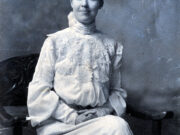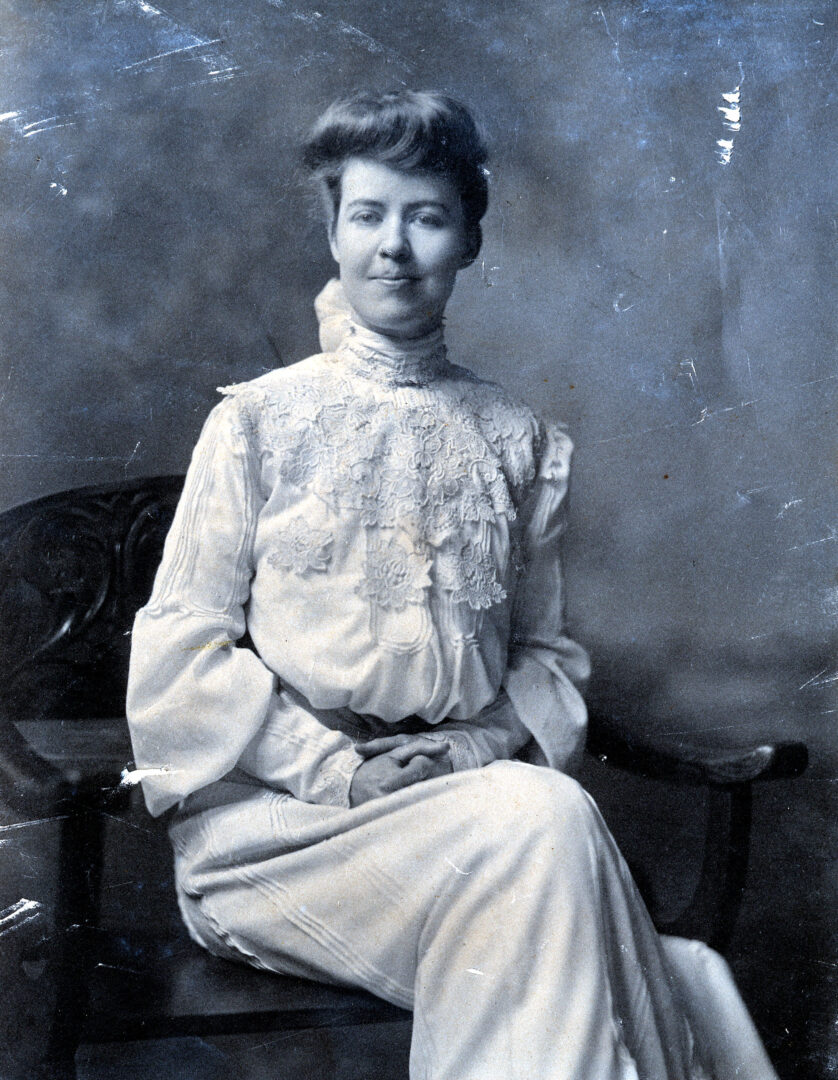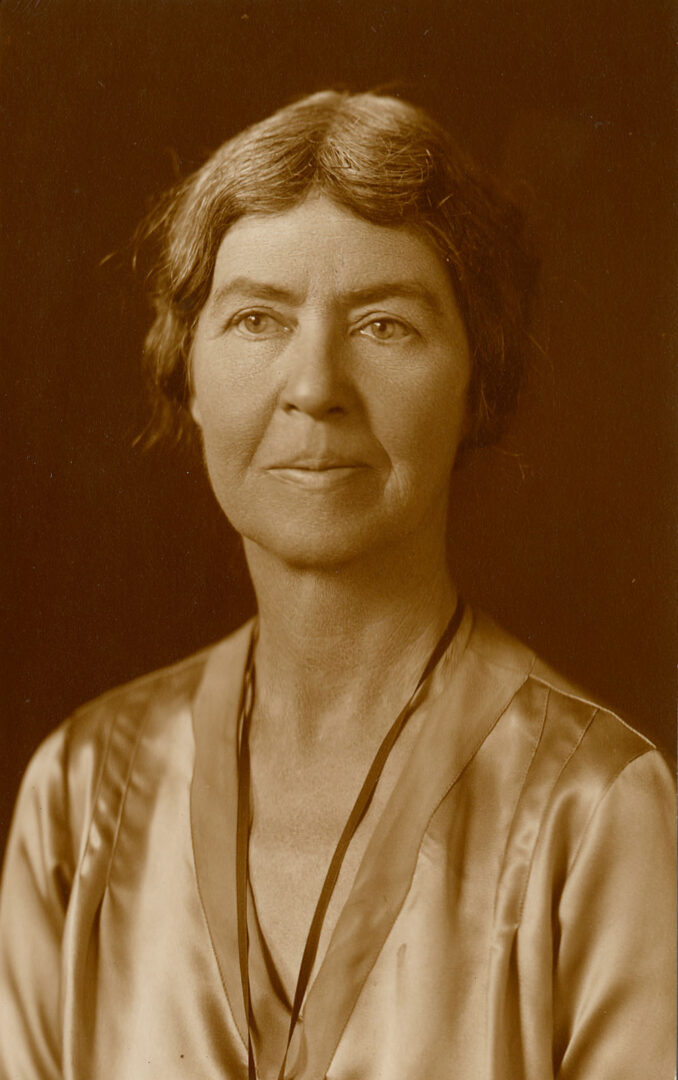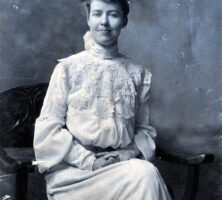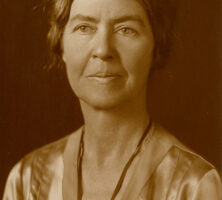Lucy May Stanton created works in oil, pastel, and watercolor; but she is best known as a painter of portrait miniatures in watercolor on ivory, during a revival of that art form, which took place during the Arts and Crafts movement in the United States after 1890. Her mature style in miniature painting is distinguished by her innovative use of broad washes, and her portraits, both miniature and full-scale, and particularly those depicting African Americans, are powerful evocations of character, expression, and mood. Working in the Deep South in the early twentieth century, Stanton was among the first artists to represent Black subjects without sentimentality or prejudice.
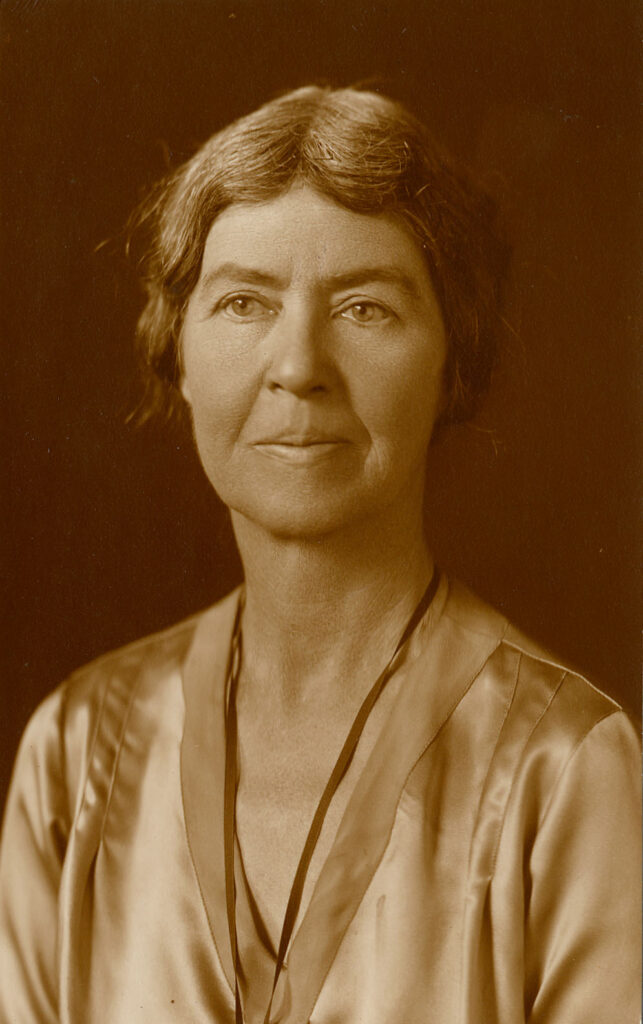
Stanton was born in Atlanta on May 22, 1875, to Frances Louisa Megee and William Lewis Stanton. She grew up on Gordon Street, across the street from Joel Chandler Harris’s house, the Wren’s Nest. She was educated at Southern Female College in LaGrange (also known as Cox College), where she majored in Greek and Latin. She was later assistant professor of art at the college after its relocation to College Park, and she also taught art at New Ebenezer College in Cochran (later Middle Georgia College) during 1893-94. Her professional career as an artist began in Atlanta in 1896, with a commission for three miniature portraits of soprano Adelina Patti, the aunt of musician Alfredo Barili. She went on to paint many of the distinguished citizens of Georgia, including Atlanta mayor Charles Collier (ca. 1899), Joel Chandler Harris (1906, 1914), and Howell Cobb, whom she portrayed as Speaker of the U.S. House of Representatives in a 1911 commission that hangs in the Speaker’s Lobby of the nation’s capitol.
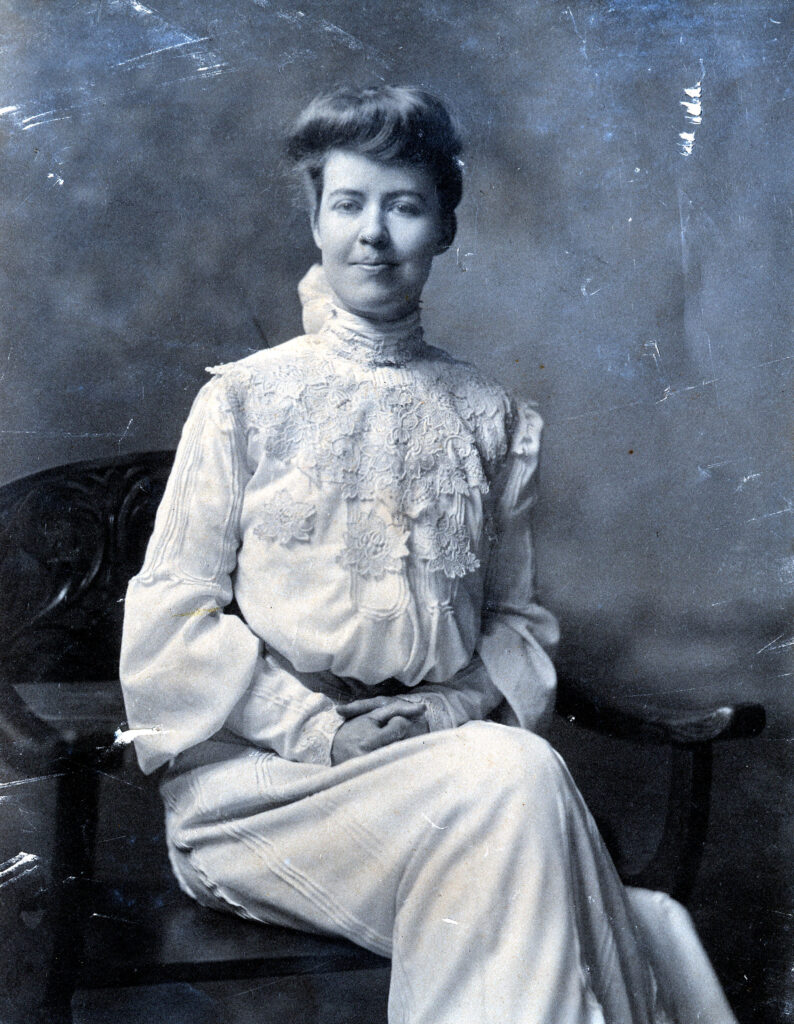
Stanton received most of her formal art training in Paris, France, where she lived during 1896-98 and again in 1905-6. She attended the Ecole de la Grande Chaumiere and Academie Colorossi, and studied under J. Emile Blanche, Augustus Koopman, James Abbott McNeill Whistler, Virginia Reynolds, and Lucien Simon, among others. In 1902, after a year in New York, she moved to Athens, Georgia, where she lived intermittently until 1926, when she settled there permanently. She was active in cultural and political affairs, sponsoring traveling art exhibitions, promoting woman suffrage, and cofounding, in 1928, the Georgia Peace Society, which held meetings at her studio on Cobb Street.
From 1916 to 1926 Stanton lived chiefly in Boston, Massachusetts, one of the centers of the American miniature revival and home to many successful women artists. There, in addition to painting, she taught art and art history at several private schools. She summered in Ogunquit, Maine, a popular artists’ retreat, and later, on Nantucket Island. She died in Athens on March 19, 1931.
Beginning in 1902 Stanton’s works were shown regularly in group and solo exhibitions in London, England; Paris, France; New York; Boston; Philadelphia; and New Orleans, Louisiana, as well as in many other cities around the United States. In 1927 she had a solo exhibition at the High Museum of Art in Atlanta. A member of many professional art organizations, Stanton received numerous awards for her work, including those of the Salon de la Societe Nationale des Beaux-Arts (Blue Ribbon, Paris, 1906), Pennsylvania Society of Miniature Painters (Bronze Medal, 1917), Atlanta Art Association (first prize, 1917), Concord Art Association (Medal of Honor, 1923), and National Association of Women Painters and Sculptors (honorable mention, 1925). Stanton’s works are in the collections of the Metropolitan Museum of Art in New York, the Museum of Fine Arts in Boston, the National Portrait Gallery in Washington, D.C., the Philadelphia Museum of Art, Emory University, and the Georgia Museum of Art.


